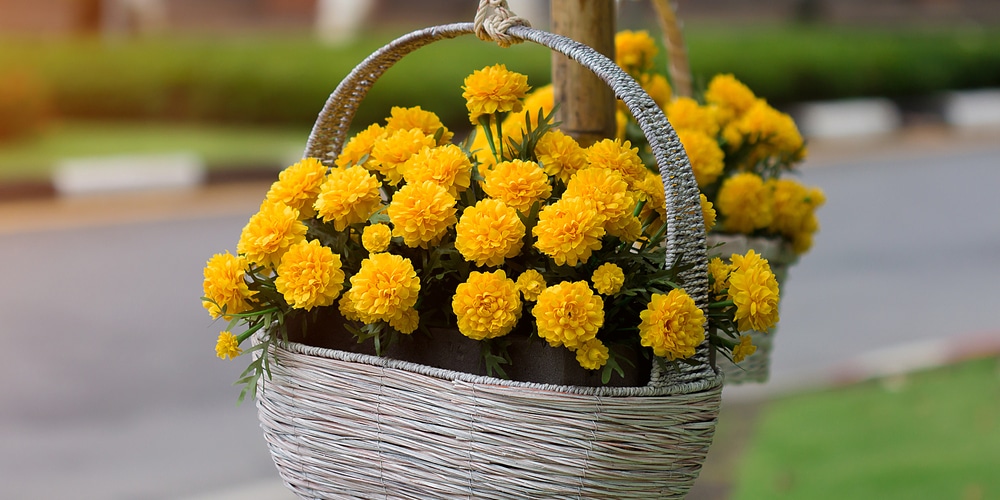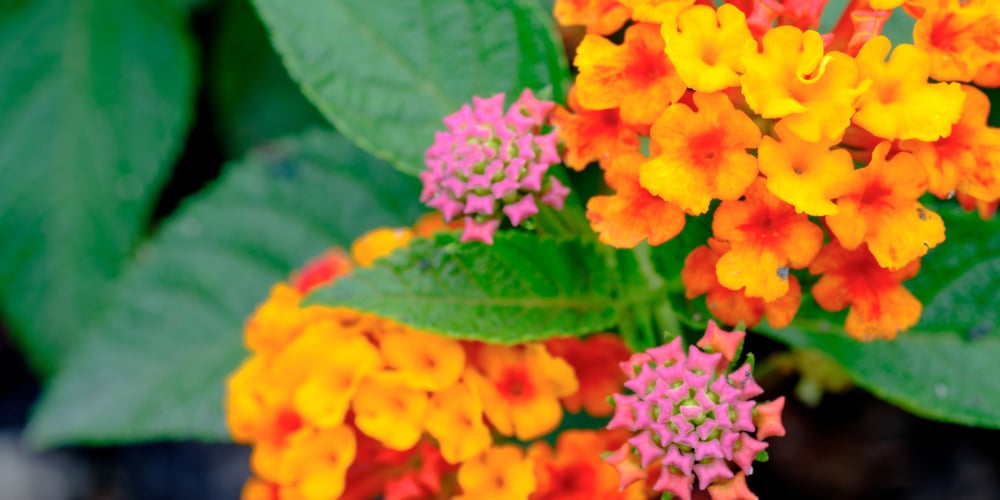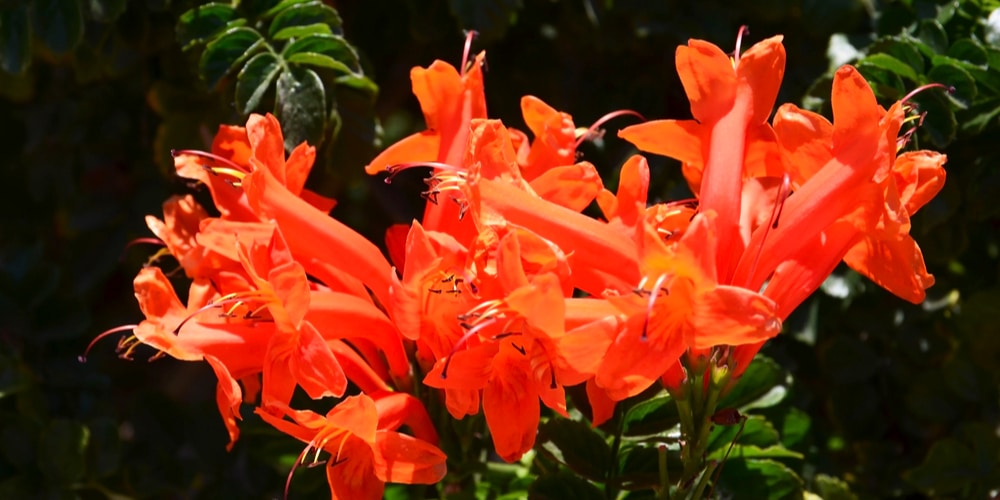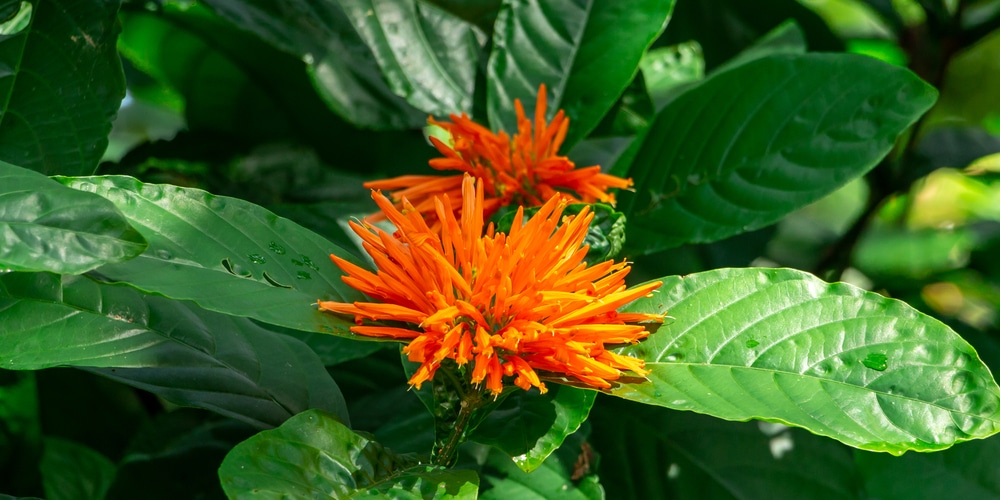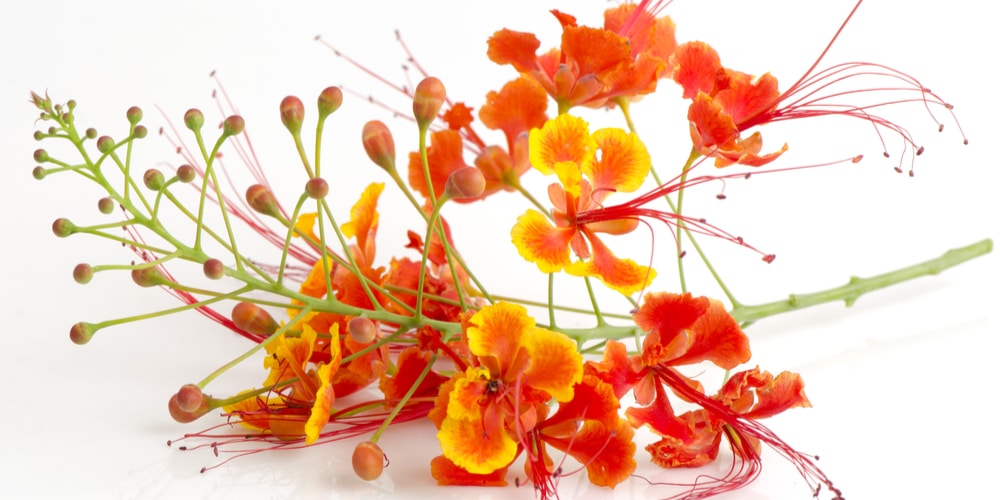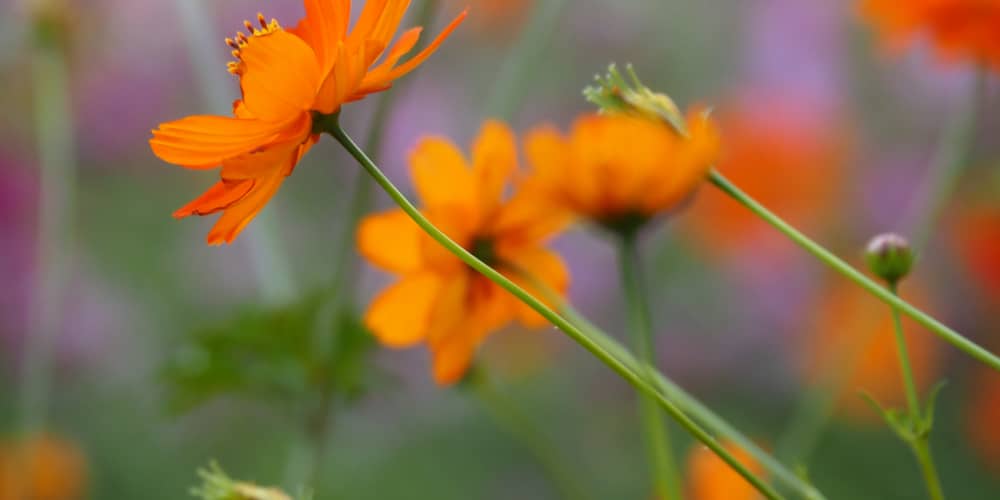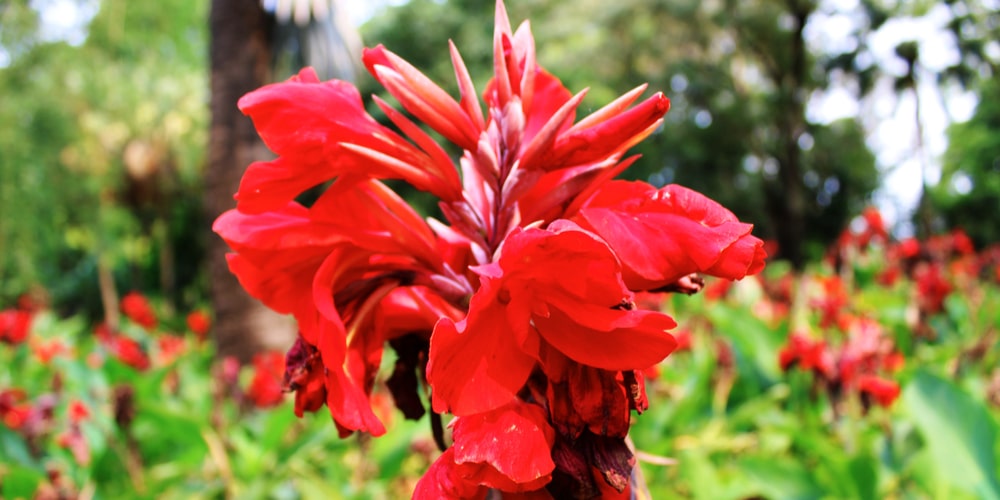Orange might be the least favorite color when it comes to flowering plants, but they do have a certain mysterious charm around them. If you’re looking to complement a wide range of yellow, red and purple flowers in your yard or garden, then take a look and consider these 7 plants with orange flowers in Texas.
Marigold
It’s hard not to fall in love with marigolds and its seemingly endless blooms. The giving plant puts out flower after flower after flower as long as the weather is nice and warm, and it’s not too fussy about its soil and watering requirements, too.
Plant marigolds in locations that get full sun and it does the rest. Alternatively, you can put them in containers or raised beds, and don’t forget to water them ever so often. Deadheading is a must if you want to have your space covered with orange flowers in Texas.
Texas Lantana
Texas Lantana is native to the state, which means you don’t have to make any sort of adjustments to make it grow from seedling to flower.
Technically, it’s a shrub that branches out quickly and fills space in a short amount of time. You get small yet brilliant orange flowers, sometimes coupled with yellows and reds in bunches.
Like marigolds, the Texas lantana is very hardy and tends to survive even when neglected. As long as it gets full sun and the occasional watering it will thrive and spread on its own.
Cape Honeysuckle Vine
If you only have room for one plant with orange flowers, Cape Honeysuckle should be at the top of your list. The South African native shrub isn’t really a honeysuckle variety; rather, it comes from the Bignoniaceae family.
The evergreen shrub produces blazing orange flowers that have sweet nectars. It attracts hummingbirds and provides a veritable pop of color from fall to spring. What’s even more interesting is that the cape honeysuckle grows vigorously after being established, and continues producing clusters of orange even with little human intervention.
Mexican Honeysuckle
Mexican honeysuckles are low-growing plants that are often mistaken for a vine. It’s a perennial plant that’s native to Mexico and only grows to a maximum of three feet in width and length.
The best spot for these flowering shrubs is an area that gets all-day light. They aren’t that particular when it comes to soil as long as it’s well-draining and doesn’t hold water for long periods.
The thin and long orange blooms go from spring to fall and attract pollinators such as bees and hummingbirds.
Pride of Barbados
The Pride of Barbados is aptly named as such. It’s as energetic as marigolds and tends to overperform in terms of producing bright, orange flowers!
This plant loves heat and light, and can tolerate missing a watering or two. Take a closer look at the flower clusters and you’ll see tinges of gold on the petal borders. It’s also classified as an evergreen, so once you plant them in the right spot you can look forward to recurring blooms for several years.
Cosmos
Cosmos are popular and common plants with orange flowers you can grow in Texas. They produce curious, daisy-like flowers that are curved up and towards the sun. The frilly texture makes you want to touch the blooms and appreciate the flowers more!
Cosmos can actually grow in any condition, even poor ones. In fact, it’s recommended that the soil stays unamended- poor soil, as well as a hot and dry environment is all it takes to start them from seed.
You can scatter the seeds once the climate gets warm, water them in and watch as they grow. The annual does a self-seeding process which means you don’t have to work your garden to see recurring blooms each year.
Canna Tropicanna
This perennial plant doesn’t like direct sun, so you should put them where they get partial shade and constantly moist soil.
Canna Tropicanna is beautiful to behold not just because of its large and many-petaled flowers, but also because it has spreading lance-shaped leaves with variegated lines of green. They grow straight and tall, and don’t take too much space, horizontal-wise. You can bunch them together to achieve a tropical garden effect.
Related Article: 7 White Flowering Trees in Texas
